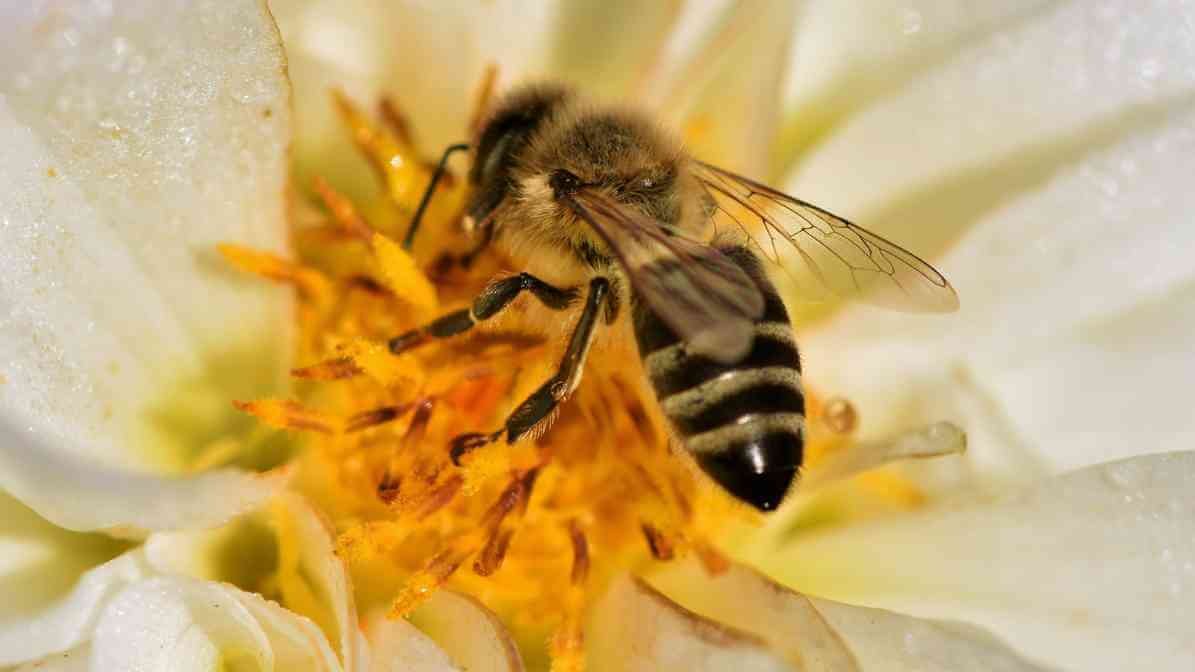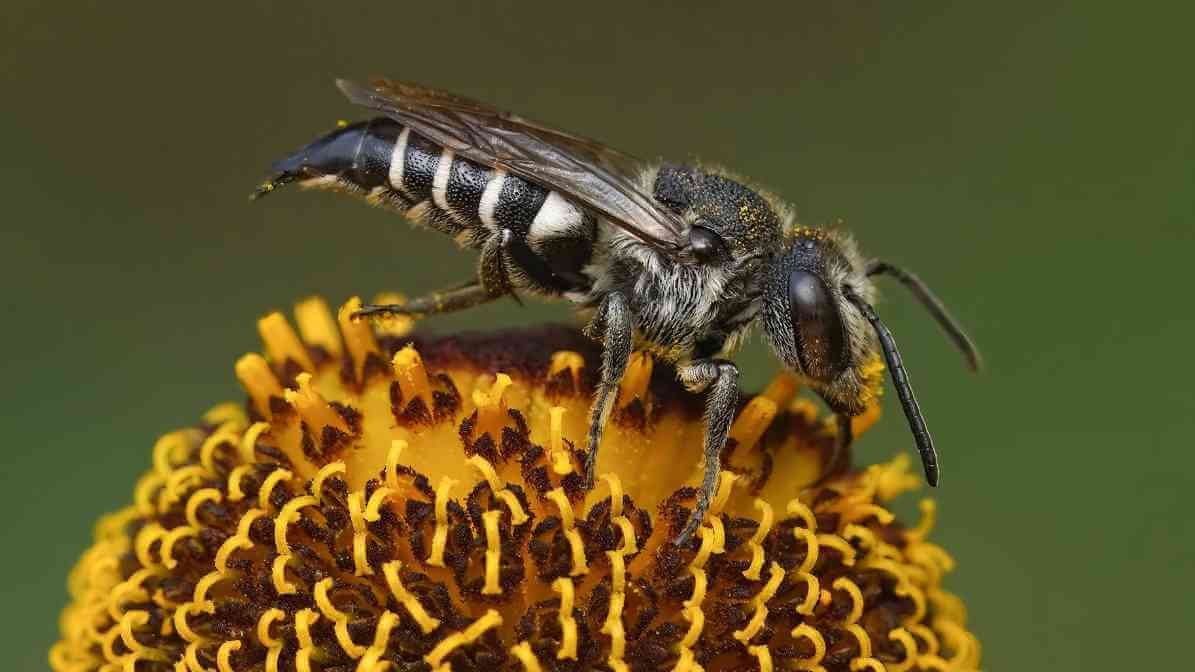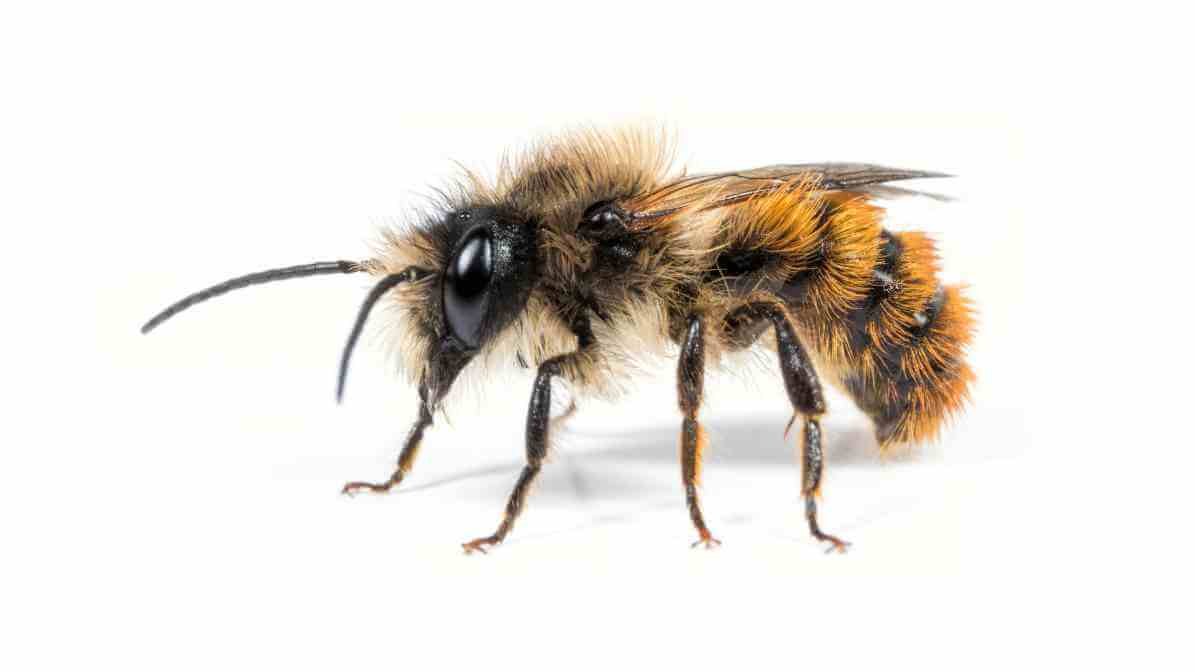Get in Touch With Us
By creating supportive habitats, reducing pesticide impacts, and promoting awareness, we can contribute to the sustainability of the population of bee species in Malaysia.
The Importance of Bees and Their Diverse Species
Importance of Bees
Species in Malaysia
Bees are essential contributors to our ecosystems, playing a significant role in pollination and maintaining biodiversity. Their activities facilitate the reproduction of many flowering plants, including crops that humans rely on for food. In Malaysia, a country rich in biodiversity, diverse species thrive in various ecosystems, each contributing uniquely to the environment. Explores the significance of these species, delves into the variety of bee species in Malaysia.
Highlighting their ecological roles, life cycles, and the challenges they face coexisting in urban living.
URGENT RESPONSE
The Characteristics of Bee Species
Overview of Bees
Bees are flying insects belonging to the superfamily Apoidea and are closely related to wasps. They play a crucial role in nature, primarily through their pollination activities, which enhance plant reproduction. The importance of existence extends beyond environmental health. They are essential for agricultural productivity, as many crops depend on them for pollination.
Categorise into two main types: social and solitary.
Social
These include species like honey bees and bumblebees, which live in colonies with a structured social organisation. In these colonies, a female bee serves as the queen, responsible for reproduction. While worker are task to gather food and maintain the hive.
Solitary
Many of these species, such as mason bees and cuckoo species, live independently rather than forming colonies. They typically build nests in wood, soil, or plant stems, while their reproductive strategies vary significantly from social species.
The Lifecycle, Dietary & Habitat
Life Cycle of Bee Species in Malaysia
In Malaysian these species, variations in life cycles can be observe because of the warm climate. Which allows for potentially multiple generations each year. The life cycle comprises four stages: egg, larva, pupa, and adult.
Egg
The life cycle begins when a female bee lays eggs. Depending on the species and environmental conditions. These eggs are deposit in nests, often in individual cells filled with nectar and pollen.
Larva
After a few days, the eggs hatch into larvae, feeding on the food supplied in their cells. The larval stage is crucial for growth, as they collect pollen and nectar to support their young.
Pupa
Following the larval stage, the larvae pupate. During this stage, they undergo metamorphosis, transforming into adult. This stage can last several days to weeks, depending on species.
Adult
Once emerge, adult take on their roles, whether as workers or reproductive individuals. They will begin participating in activities such as foraging, pollination, and, in social species, nest maintenance.
Solitary vs. Social Bee Species in Malaysia
Foraging Behaviour and Pollination
Known for collecting pollen and nectar from flowers. This behaviour not only provides essential food resources but also plays a crucial role in plant reproduction. When bee visit flowers, they transfer pollen from the male parts (anthers) to the female parts (stigmas), facilitating fertilisation. The flowers they visit vary by species.
For example, honey bees and stingless bees frequently visit a wide range of flowering plants. Including fruit trees, wildflowers, and agricultural crops. Their ability to effectively pollinate plants significantly enhances fruit and seed production, making them indispensable partners in agriculture and natural ecosystems. In Malaysia, the diverse array of flowering plants provides ample foraging opportunities for these various species.
By visiting different flowers, bees collect pollen and nectar, which serve as food sources for themselves and their colonies. This mutualistic relationship benefits but supports the overall health of the ecosystem by maintaining plant diversity and abundance. Understanding the differences between solitary and social is essential in appreciating the complexity of their behaviour.
Social
Social, such as honeybees, live in structured colonies with distinct social roles. In these colonies, the queen mate with male drones and is responsible for egg-laying. While worker, which are typically female, gather pollen, care for the larvae, and maintain the hive. Social work collectively to ensure the survival and efficiency of their colony.
This differentiation between solitary and social behaviours illustrates the diversity in their life, showcasing how different species adapt to thrive in their respective environments.
Solitary
Conversely, solitary bee, including mason bees and cuckoo species, do not form colonies. Each female builds her own nest in existing holes or tunnels in wood, soil, or plant stems. For example, mason species uses mud to construct individual cells for their eggs. Solitary does not depend on social structure of a colony, instead rely on their foraging and nesting abilities.
Cuckoo species take advantage of the nests built by other solitary especially in North America. Laying their eggs in these nests, where the larvae will consume the host provisions.
Help Protect Populations and Their Habitats
Challenges and Conservation
A wide variety of these species populations, including those in Malaysia, face numerous threats. Those that threaten their survival and the essential services they provide.
Habitat Loss: Urbanisation, agriculture, and deforestation have significantly reduced the natural habitats that they rely on for foraging and nesting. Loss of flowering plants directly impacts their food sources, which can lead to decreased populations.
Pesticide Use: The widespread application of pesticides can harm their populations, particularly pollinators like honey bees and solitary. Exposure to these chemicals can impair their navigation, foraging behaviour, and reproductive success.
Climate Change: Changing climate patterns affect the timing of flowering plants and their life cycles. This misalignment can disrupt foraging schedules and impact the availability of food.
Diseases and Parasites: Susceptible to various diseases and parasitic infestations. Notably the Varroa mite, which poses a grave threat to honey bee colonies globally.
Threats to Various Bee Species Populations
Conservation Strategies of Bee Species
To help protect their populations and habitats, several conservation strategies can be implement:
Creating Their Habitats
Encouraging the growth of native flowering plants in gardens, parks, and agricultural lands. This can provide essential food sources for their population to grow. Planting a variety of flowers that bloom at different times of the year supports their foraging year-round.
Reducing Pesticide Use
Implementing integrated pest management (IPM) practices can minimise the impact of pesticides on non-target species. When pesticides must be use, selecting beneficial insect-friendly options and applying them during times. When beneficial insects are less active (early morning or evening) can help reduce exposure.
Promoting Awareness
Educating the public about the importance of beneficial insects. As well as their conservation can spur community involvement in protecting these vital species. Initiatives can include workshops, local conservation projects, and encouraging beneficial insect-friendly gardening practices.
Research and Monitoring
Supporting research on their populations and their ecological roles can help inform conservation efforts. Monitoring their populations allows for early detection of declines and targeted interventions to address threats.
Common Bee Species in Malaysia
Bee Species in Malaysia
Malaysia is home to a remarkable diversity of these species, thanks to its tropical climate and rich flora. These diverse species in Malaysia significantly contribute to pollination, biodiversity, and the overall health of ecosystems. Some notable species found in this region include:

Honey Bee (Apis mellifera)
Among the most well-known species, these are social insects that produce honey and beeswax. They are prominent pollinators in agriculture, making them vital for food production.

Stingless Bee (Meliponini)
These species are unable to sting. They are social that produce honey and play a crucial role in pollinating many tropical plants. In Malaysia, they are call "kelulut" and are highly value for their unique honey.

Carpenter Bee (Xylocopa)
Known for their ability to bore into wood, these species are large and robust. They usually build nests in old wood or plant stems. They assist in pollination, yet they yield less honey.

Cuckoo Bee
They are famous for their parasitic behaviour. As they invade the nests of other solitary species, laying their eggs in the host's eggs. They do not build nests of their own and depend on others for the survival of their young.

Sweat Bee (Halictidae)
Term for their fascination with human perspiration. These small species are important pollinators and commonly on flowering plants. They can be solitary or social, depending on the type of species.

Mason Bee (Osmia)
These solitary build nests using mud and other natural materials. They are effective pollinators, especially for early spring flowers.

Bumble Bee (Bombus)
Known for their ability to perform "buzz pollination," which enhances the pollination efficiency of certain flowers. In Malaysia, they play an important role in pollinating a variety of plants, particularly in cooler mountainous areas.
Contact Us
We love to talk pest. From guiding you on the identification of the pest to solving your pest problems. No job is too small or too big for us. Call us today for more info.

